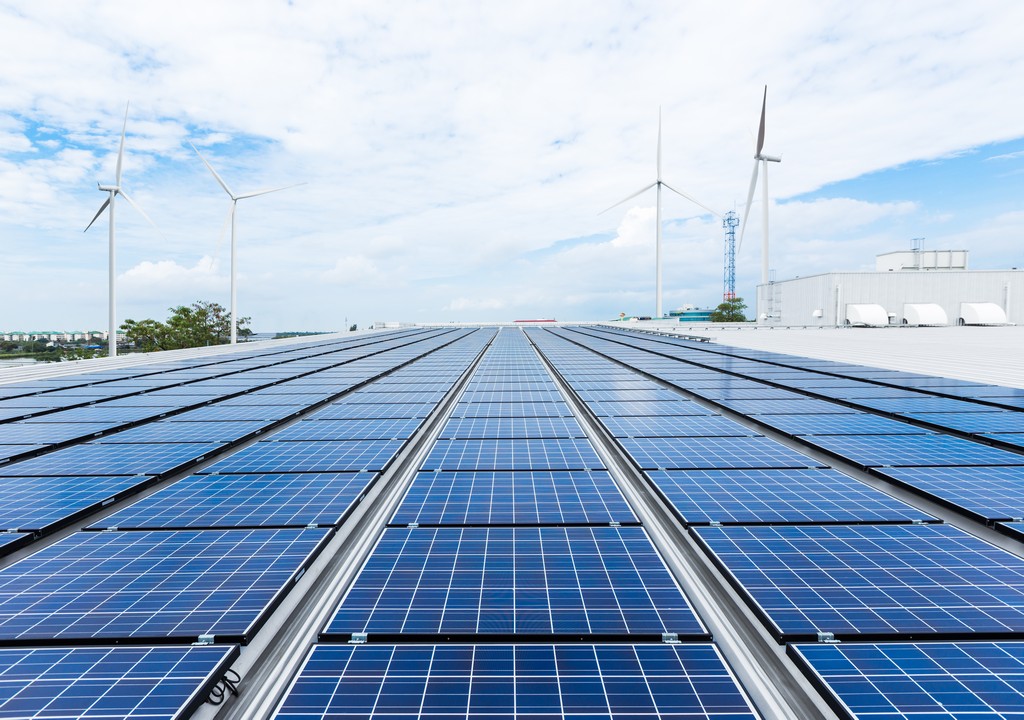Advocates for climate and energy lobby for clean energy transition
- April 18, 2024
- 0

Advocates of climate and energy rally for redirection from costly and unstable fossil fuels in light of the recent power plant outages and capacity constraints.
Earlier, numerous power plants went out of operation or functioned at lower capacities, which prompted the National Grid Corporation of the Philippines (NGCP) to place the Visayas grid on yellow alert and the Luzon system on red and yellow alerts, said Philippine Star in its report.
Convenor for Power for People Coalition (P4P) Gerry Arances remarked that because of the country’s fixation on fossil fuels as well as the government’s disregard for the people’s appeal for adequate preparedness for El Niño, the outages happened.
The country had been generating 60% of its electricity from burning coal, which was a primary contributor to emissions and a source of cardiovascular and respiratory diseases.
To this, Arances opined that renewable energy transition should have been considered as a long-term solution.
While the current administration had been assertively going after the transition to RE, the Philippines had also been working with imported natural gas for power generation. To this, the Philippine Movement for Climate Justice (PMCJ) said that liquefied natural gas (LNG) as backup fuel similarly yielded the same result— costly and deadly as coal.
PMCJ also said that the recurring power outages not only harmed the economy but also upset customers, while power companies faced minimal repercussions. The group added that the rotational brownouts escalated the bills that consumers paid for, while power generators made a break for it.
Meanwhile, according to the Institute for Climate and Sustainable Cities (ICSC), the Luzon grid might have observed a limited energy supply until May, which could have resulted in yellow alerts as El Niño continued to destabilize the country’s energy sufficiency.
ICSC Senior Policy Advisor Pedro Maniego said that the continuous struggle with power shortages showed that the current grid system was unsafe. To this, Maniego said that the government should have focused on flexibility as well as energy policy-making and planning.